New seeds to the seed vault in Svalbard
Historical archive
Published under: Stoltenberg's 2nd Government
Publisher: Ministry of Agriculture and Food
News story | Date: 28/02/2012
This week, a new shipment of seeds from food plants is arriving at the Svalbard Global Seed Vault for long-term storage. The shipment, now being taken into the seed vault in Longyearbyen, includes seed samples from Tajikistan, Armenia, Colombia, Costa Rica and the U.S.A.
New seeds to the seed vault in Svalbard
This week, a new shipment of seeds from food plants is arriving at the Svalbard Global Seed Vault for long-term storage.
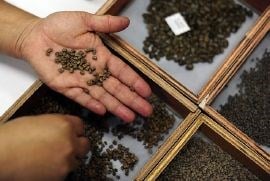
Seeds from Colombia. (Photo: Neil Palmer/CIAT)
The shipment, now being taken into the seed vault in Longyearbyen, includes seed samples from Tajikistan, Armenia, Colombia, Costa Rica and the U.S.A.
Food plants for the climate of the future
Including this most recent deposit of seeds, there are now more than 740 000 seed samples inside the vault. This makes Svalbard Global Seed Vault the most varied collection of seed samples in the world. Seeds of the world's food plants are stored here for future generations. The genes in these seeds will help the next generation to find properties that will make the cultivated plants of the future successful in the climate of the future.
The UN Food and Agricultural Organization (FAO) has determined that global food production must increase by 70 per cent by 2050.
|
Sufficient, safe and nutritious food "Obtaining enough food in the years to come will be even more of a challenge. Climate change is making it more difficult and more expensive to produce food. This is the context in which the seeds being stored in Svalbard Global Seed Vault will play a vital role in the future," says Brekk. Safety net |
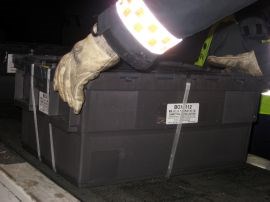
Box with seed pack. (Photo: Mari Tefre/Svalbard Globale frøhvelv) 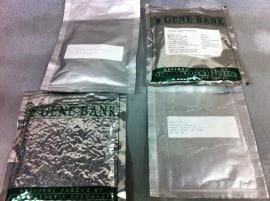
Seed pack. (Photo: Ministry of Agriqulture and Food) |
Underground vault in the permafrost
Svalbard Global Seed Vault is about 1 km as the crow flies from Longyearbyen airport and consists entirely of an underground cavern blasted out of the permafrost (minus 3 to 4 degrees Celsius). The vault is designed for a practically endless lifetime.
The seed vault consists of three separate underground chambers, each of which has a storage capacity of 1.5 million seed samples. With the aid of its own machinery running on electricity from the local power plant, the vault is designed to maintain a constant inside temperature of minus 18 degrees Celsius. The vault contains storage shelves on which the prepacked examples of food plant seeds from the depositors (the donor countries) are placed.
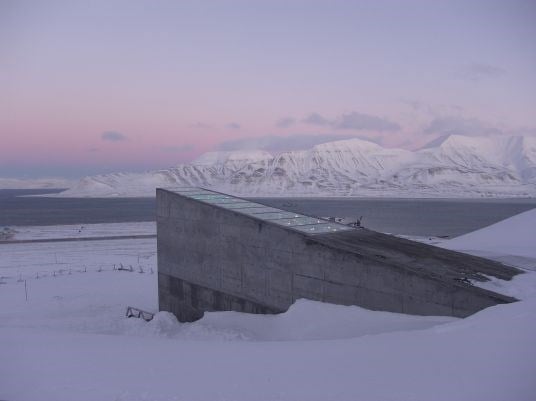
Svalbard Global Seed Vault.(Photo: Mari Tefre/Svalbard Globale frøhvelv)
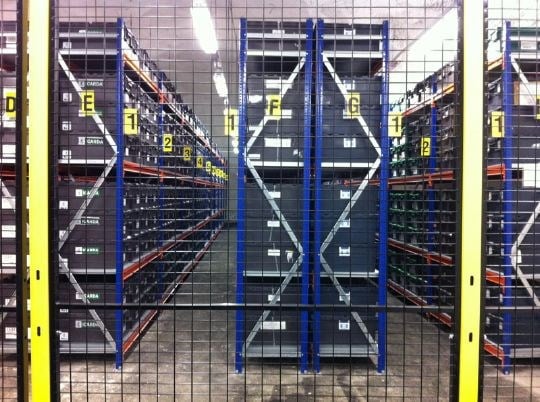
(Photo: Ministry og Agriqulture and Food)
